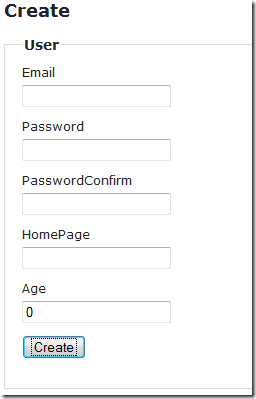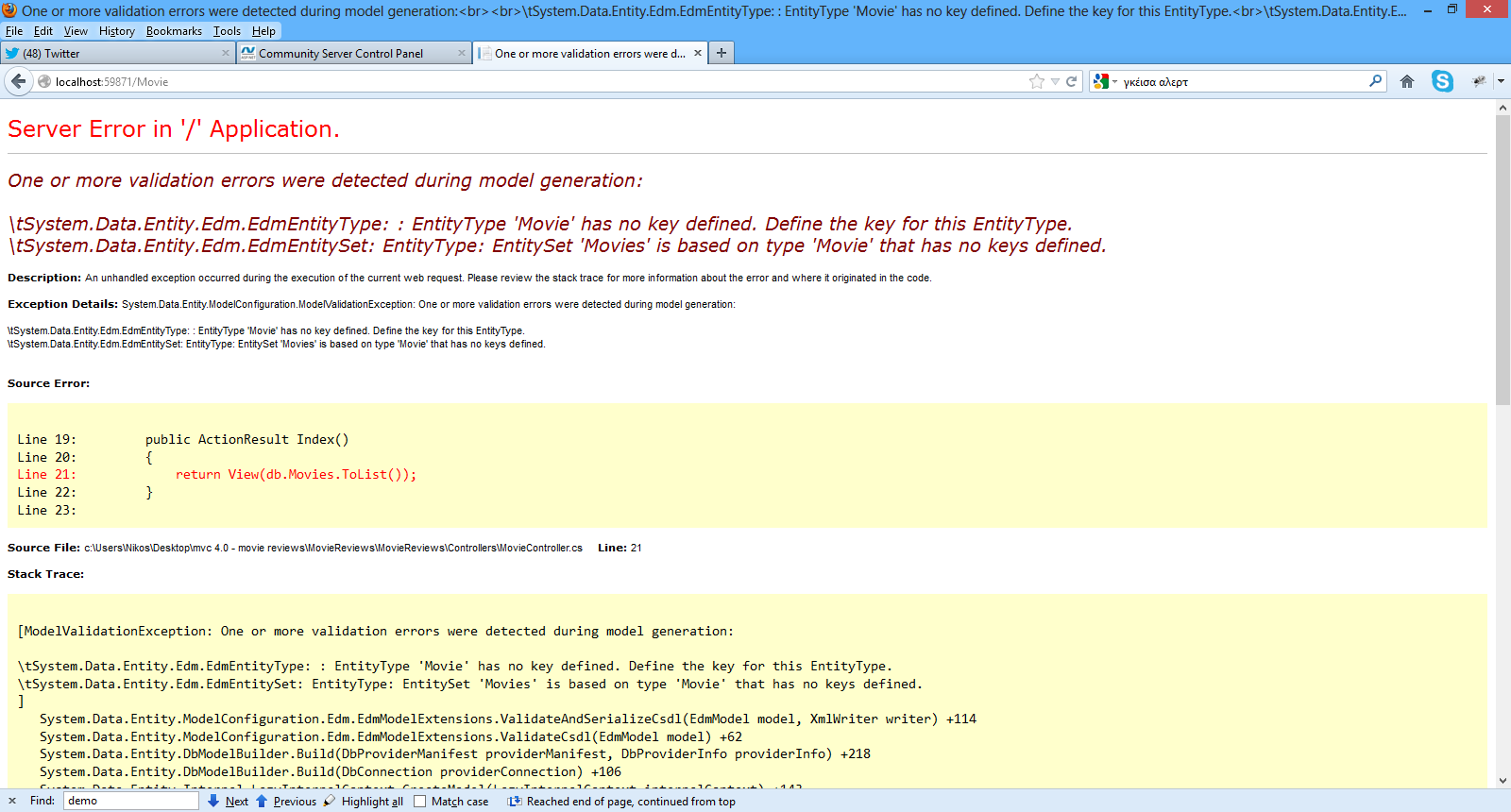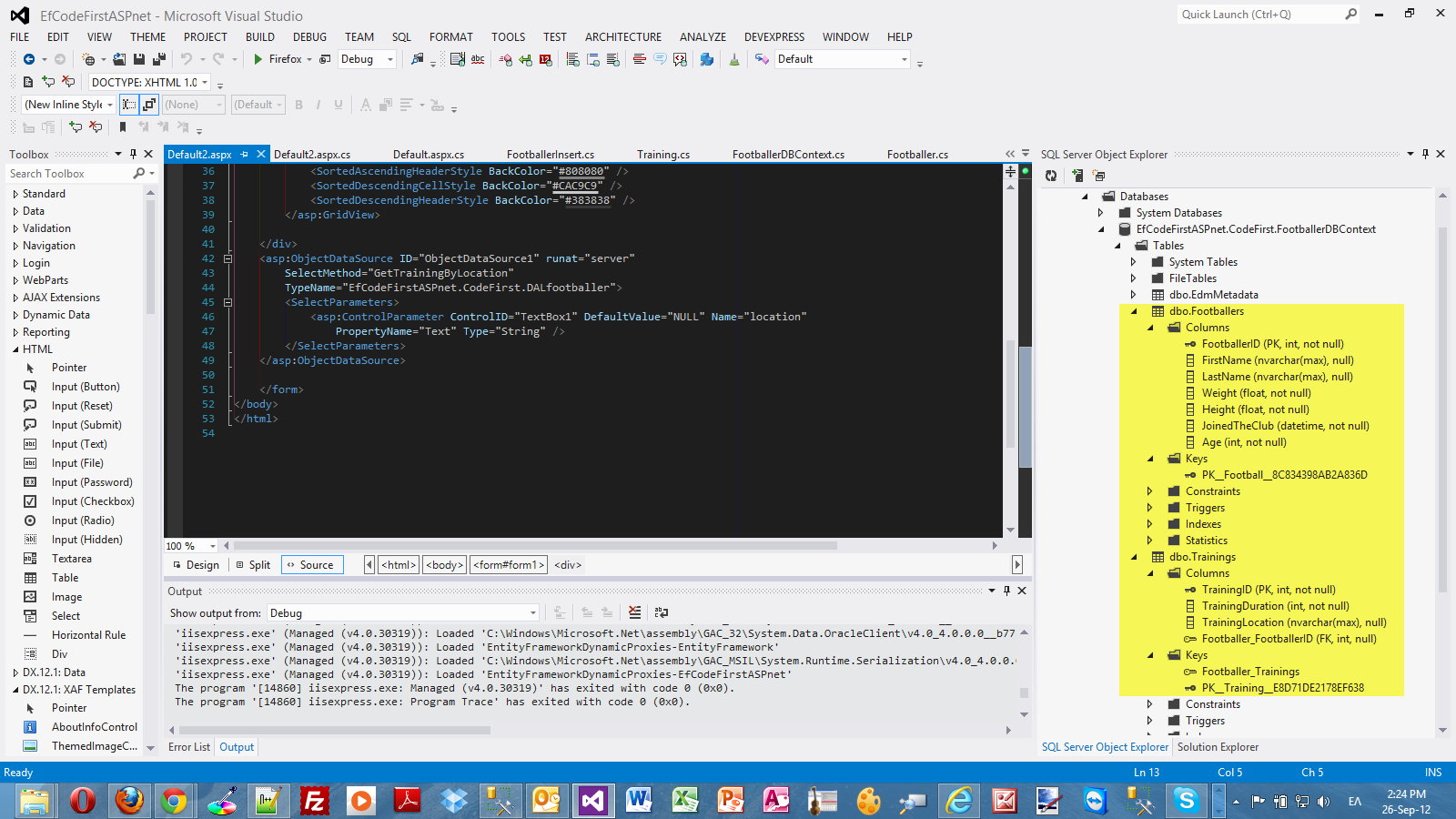

EF DATA ANNOTATIONS CODE
Some things to note from the code above in the database context. In the ChiliCookoff.Data project, create a new folder called “DAL” (for Database Access Layer) then in the DAL folder create a new class called “ChiliCookoffContext.cs” and enter the code below. In addition to having entity classes that defines the tables in the database, Entity Framework needs a database context class to assist with database functionality and to provide the developer a way to customize behavior. Note that a property named “Id” or + “Id” will automatically be interpreted by Entity Framework as the primary key in the database. If you do not want to follow this naming convention, you can use the “Key” attribute to force Entity Framework to use a specific property (attributes are discussed later in this article). Now we’ll add another new class to capture the votes. In the ChiliCookoff.Data project, create a new class called “Vote.cs” and enter the code below. With the Entity Framework package installed, we can get started designing our entities. It is a good idea to create a separate class library project for your data objects and append “.Data” to the name of your application. This separates your database logic from the rest of your application and also makes it obvious what the purpose of the project is.įor the purposes of this article, we will be creating a sample MVC 5 application that allows users to vote in a chili cook off. We’ll start off by creating an entity for the chili entries. In the ChiliCookoff.Data project, create a new class called “Entry.cs” and enter the code below. In the Package Manager Console window type: Install-Package EntityFramework.In Visual Studio, go to the Tools menu, click NuGet Package Manager and then click Package Manager Console.
EF DATA ANNOTATIONS INSTALL
To install from the NuGet Package Manager Console window, follow these steps. The latest stable version will be preselected for you. Click on EntityFramework in the selection results, then the Install button in the right side frame.In the search box, type in “EntityFramework”.In Visual Studio, right click on the solution and select Manage NuGet Packages….

To install from the NuGet Package Manager, follow these steps. To get started with Entity Framework Code First, you first need to install the Entity Framework NuGet package. You can do this from the NuGet Package Manager or the Package Manager Console window. The Code First workflow allows the developer to generate the database from POCO (Plain Old CLR Objects). The developer creates a database context and entities in class files then generates the database from those files. This is a good approach for a new application but it can also be used for an existing application with an existing database. EDMX file. The model and objects are automatically created based on the database which gives this approach the least flexibility but also the least amount of work for the developer to do. This is a good approach for an existing application that already has a database. The Database First workflow allows the developer to reverse engineer an existing database into a.

a “green field” application) and when you want to visually see or communicate the database model. EDMX file. Through the designer, the developer defines all the database objects and relations then generates the database objects based on the model. This is a good approach when there is no existing database (i.e. The Model First workflow allows the developer to use a visual designer to create a database design that ends up in a. Once you have made the choice to use Entity Framework for your application, you have to make another decision about which workflow to use. NET ORMs to consider include Dapper, a simple and lightweight object mapper, and NHibernate. Entity Framework has several workflows to choose from which will be explained in the next section but for this article, we’ll focus on Code First. NET applications. As an ORM, Entity Framework provides an abstraction layer between your code and the database freeing you of most of the database design concerns and allowing you to concentrate your efforts on the application. Other. Entity Framework 6 is a stable and mature ORM that should be considered for most.


 0 kommentar(er)
0 kommentar(er)
